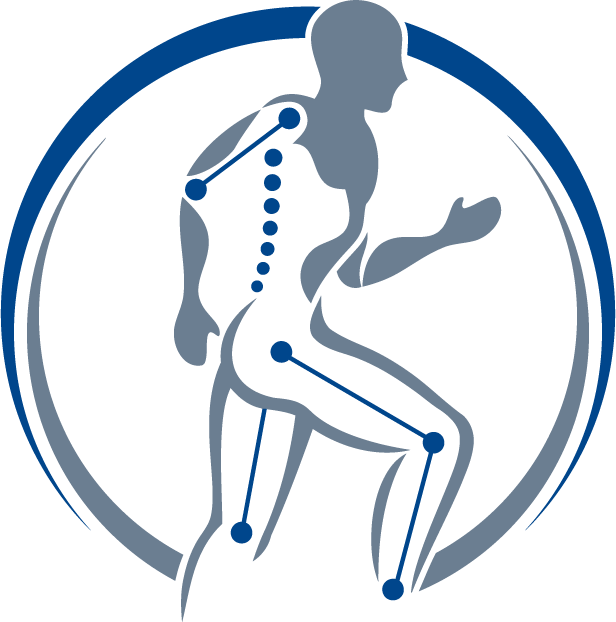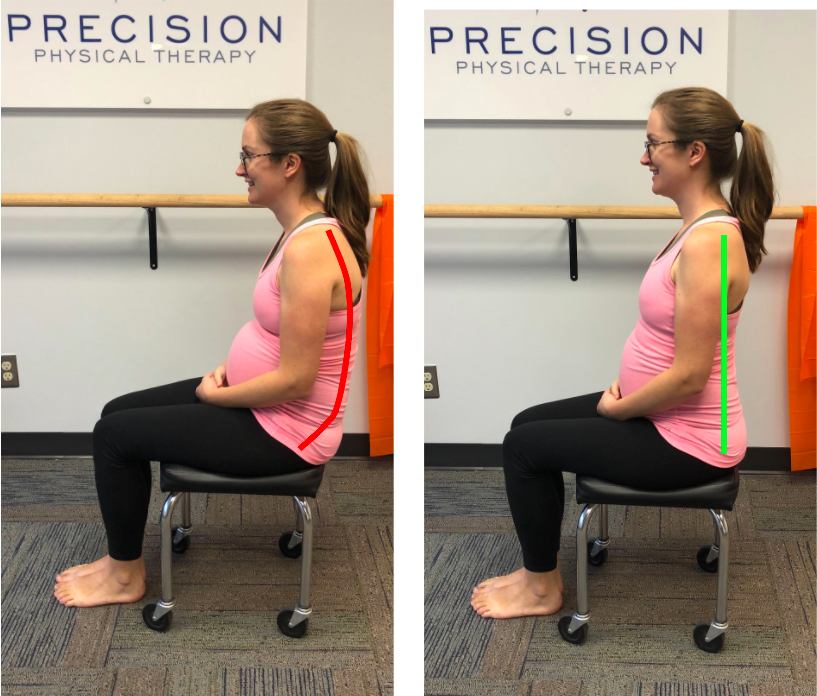SI Joint Pain and Pregnancy
Our bodies are amazing. During pregnancy women are able to build a baby, as well as physically adapt to the stresses of holding the baby within us. When we pause and consider how much change a woman’s body goes through during this time, it is truly impressive. With so much change, it makes sense that there are aches and pains along the way. One of the most common pains during pregnancy is sacroiliac joint (SIJ) pain.
The pelvis is made up of three bones. They usually act like one solid structure. The bones of the pelvis meet together below the spine and create the SI Joint. In order to prepare for a baby to be delivered, and to allow the body to change so rapidly, the hormone relaxin is produced to ‘relax’ or increase compliance of the connective tissues - including the ligaments that hold the pelvis together as one rigid structure. This extra motion increases the ability to irritate the SI joint and cause pain.
When the pelvis is in this state of increased laxity, it can be easily irritated by alignments such as slouching when sitting in the chair, taking long steps when we walk, and fitness exercises where the legs move in different directions. Any activity that creates a torsional (twisting) stress through the pelvis in an asymmetrical manner can irritate a less stable SI joint.
Fortunately, even though SIJ pain is more common during pregnancy, it is also possible to control the pain with a few key strategies. One of those strategies is the use of external support, called an SI belt, to stabilize the pelvis during this period of laxity. This belt creates compression - and literally pushes the bones together to decrease any small motion or stresses between the joints surfaces.
You can also better support the SIJ by symmetrically contracting the muscles that stabilize the joint. These muscles include some of the hip deep lateral rotators, gluteals, latissimus and abdominals. The hip lateral rotators (some of which make up part of the pelvic floor) attach to the sacrum and pull it into place. The glut max attaches to connective tissue just over top of the SIJ, using the muscle to increase tension in this area and adding stability. If the muscles are weak, sometimes they need to be strengthened, but often they just need to be used symmetrically during daily activities and fitness activities. For example, as you stand up out of a chair, purposefully engaging your gluteal muscles.
Modifying activities when the joint is in an increased state of pain can also be important. The further the legs move apart in an asymmetrical manner (walking lunges, lateral lunges, splits, etc) the more torsion is applied through the joints. Limiting motion of the legs to smaller movements until pain is controlled is important.
Because sitting posture has such a significant impact on this pain, it almost always needs to be addressed. To prevent issues with sitting when the SIJ is painful it’s important to sit on the bony part of your buttock and avoid slouching into the pelvis and low back. Scooting back all the way in the chair to relax the back into the back rest is also key. Sitting with the legs wider apart is often helpful as well. The lower the chair/ sofa the more difficult it is to sit with good pelvic posture.
The SI belt, using the gluteals/ hip rotators symmetrically during the day, limiting extremes of leg movements, and improved sitting posture are all great strategies to address pain quickly and help it to resolve before it becomes a larger problem. These strategies are just the beginning of what we can do to help in physical therapy. Generally it is helpful to try these things as you are waiting to see a health care provider for more detailed and tailored guidance. Any new pain or problem during pregnancy should always be addressed by your OB. If you have questions about pain during or after pregnancy please contact us.
To your movement health,
Ann & Jesse
This blog is not intended as medical or professional advice. The information provided is for educational purposes only and is not intended to serve as medical or physical therapy advice to any individual. Any exercise has potential to cause injury or pain if it is incorrectly done or is not the right exercise for an individual’s medical or physical problems. You should consult with a physical therapist or medical provider for individualized advice.




